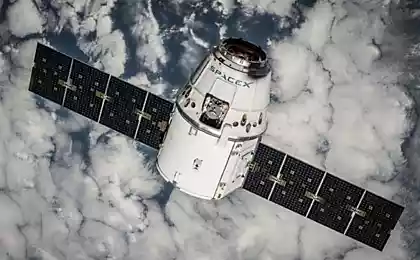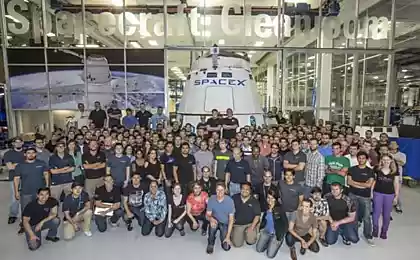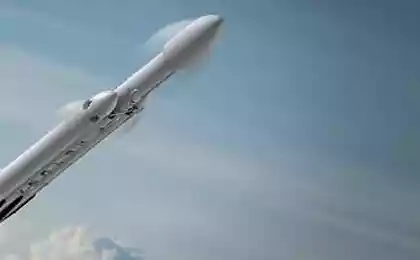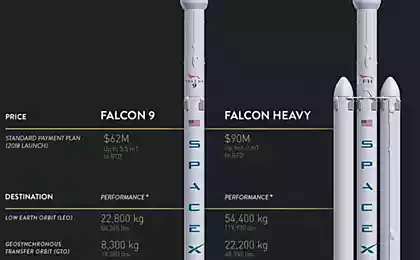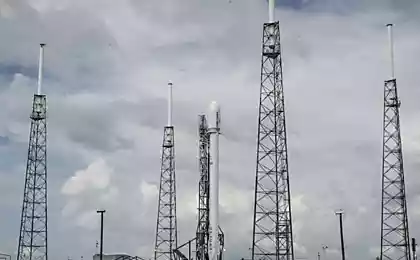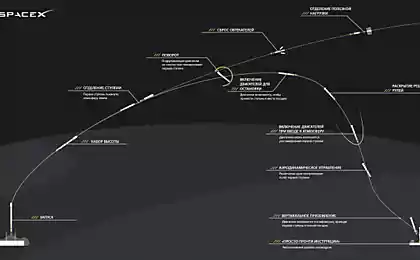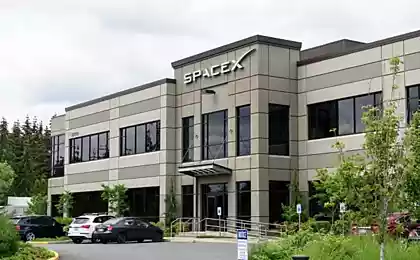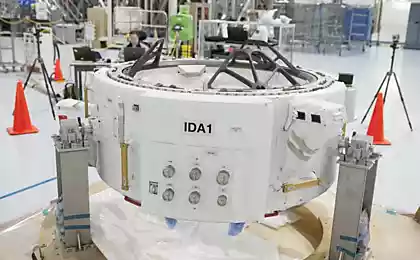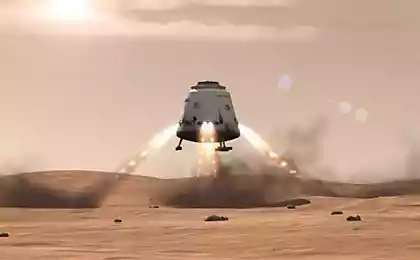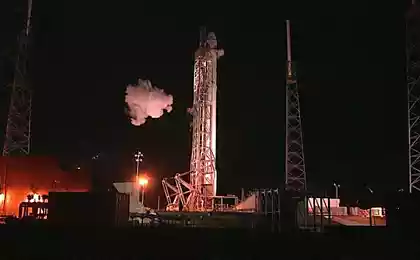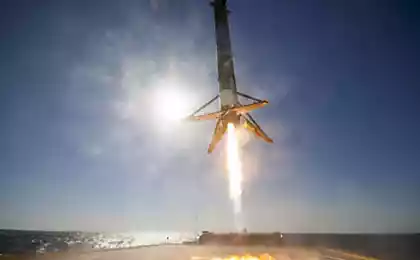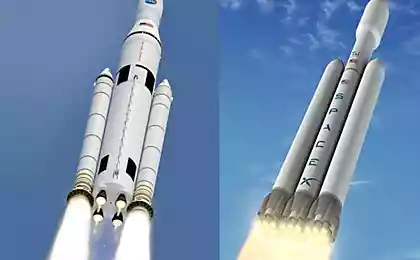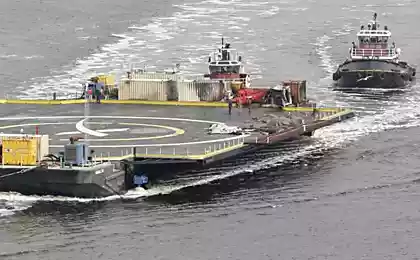460
Cheap flights into space become even closer. In the future - Mars

After the flight on the atmosphere, the rocket SpaceX Falcon 9 successfully returned to Earth, deployed landing legs, and hovered for a moment. The ability, known as a soft landing, could allow the company to significantly reduce the cost of spaceflight and one day land it on Mars.
Because the SpaceX rocket sat in the Atlantic ocean, there was nothing that could be firmly to land. She fell into the ocean and broke in the storms before rescuers were able to swim to her. But in the next few months, SpaceX hopes to replicate the achievement.
"We hope to become more accurate with each landing. If all goes well, I believe we'll get a rocket at Cape Canaveral at the end of the year," said SpaceX founder Elon Musk during a press conference April 25 in Washington.
Soft landing rockets is something Musk and SpaceX have worked since the inception of the company. After combustion of the rocket today just fall into the ocean and lost. Each new launch requires the creation of an entirely new missile. Restoring the spent stages, SpaceX will be able to reduce the cost of launch (currently about $ 60 million per flight) by as much as 70%. Musk hopes that in the future the company will be able to launch a rocket into space, bring her back to the takeoff pad, to repair, refuel and re-run the same day. The goal? Reducing the cost of rocket launch to 5-7 million dollars.
Although at the press conference was not mentioned, this technology is the first step in the execution of long-term desire Mask: sending humans to Mars. Although NASA was able to deliver solid, the Rover "Kyuriositi" on the surface of the red planet in 2012, there are currently no possibilities to put something heavier. Human mission to Mars may require sending 40 tons of material on the surface, which with current technologies is simply impossible.
The problem is that the thin atmosphere of Mars does not allow the parachute to destroy enough to slow down a falling lander. But the technology with the beautiful name "supersonuc retropropulsion" (supersonic brake setting) will allow the rocket to send their engines down to slow fall and hover above the ground before landing. NASA is taking steps in the same direction, but from the success of the Agency is still very far away. Soft landing on the Ground showed how SpaceX can use these best practices for landing on Mars.
At the press conference Musk said the Falcon 9 rocket moved several kilometers from the intended target landing. SpaceX wants to bring the pointing accuracy of a kilometer. In the end, the company should "be able to land it with accuracy of helicopter," Musk said, "with pinpoint accuracy".

Source: brainswork.ru
Energy-efficient house in the Lipetsk region was built in seven months
Muscovites taught the proper handling of resources and waste

